Hard vs Soft Water for Caridina Shrimp: Did you know Caridina shrimp need very specific water conditions to live well? In fact, 90% of them might get sick or die if the water isn’t right. As someone who loves shrimp, I’ve learned that knowing about hard and soft water is key to caring for them.
Water hardness is important for your shrimp’s health. It’s about the minerals like calcium and magnesium in the water. Most Caridina shrimp like soft, slightly acidic water. They prefer a pH between 6.0 and 7.5 and a general hardness (GH) of 4-6 degrees.
It’s very important to get the water right for your shrimp. If you don’t, they might have trouble molting, grow slowly, or even die early. In this article, we’ll explore the best water conditions for your Caridina shrimp to thrive in your aquarium.
Table of Contents
Key Takeaways:
- Caridina shrimp require specific water conditions, preferring soft, slightly acidic water
- Water hardness, measured by dissolved mineral levels, is crucial for Caridina shrimp health
- Ideal parameters for most Caridina species: pH 6.0-7.5, GH 4-6 degrees
- Incorrect water hardness can lead to molting issues, stunted growth, and premature death
- Understanding and maintaining proper water parameters is key to successful Caridina shrimp care
Understanding the Basics of Water Hardness
Water hardness is key to a healthy aquarium. It’s about the minerals like calcium and magnesium in the water. These minerals are crucial for the health of fish, shrimp, and plants. Let’s explore water hardness and its importance in aquarium care.
What is Water Hardness?
Water hardness measures the minerals in the water, mainly calcium and magnesium. These minerals help aquatic life grow and develop. The hardness level changes based on the water source, like tap or well water.
Measuring Water Hardness: GH and KH
To manage water hardness, you need to know GH and KH. These are the main ways to measure it.
- General Hardness (GH): GH shows the calcium and magnesium in the water. It’s measured in degrees of hardness (dGH) or parts per million (ppm). Most freshwater tanks should have a GH of 4-8 dGH for the best health.
- Carbonate Hardness (KH): KH, or alkalinity, shows the carbonate and bicarbonate ions. These ions help keep the pH stable. For freshwater tanks, a KH of 4-8 dKH is best, but some fish need it lower, like 0-3 dKH.
The Impact of Water Hardness on Aquatic Life
Water hardness greatly affects aquatic life. Different species need different water hardness levels to thrive. It’s important to match the water hardness to the species’ needs.
| Species | Ideal GH Range | Ideal KH Range |
|---|---|---|
| Most Freshwater Fish | 4-8 dGH | 4-8 dKH |
| Discus or Crystal Shrimp | 3 dGH or below | 0-3 dKH |
| African Cichlids | 8-20 dGH | 10+ dKH |
Keeping the right water hardness is vital for aquatic life. Too soft or too hard water can cause health problems. The right levels help with growth, molting, and reproduction.
Knowing about water hardness helps create a better home for your fish and plants. Regularly test and adjust GH and KH levels. This ensures a healthy and thriving aquarium.
Caridina Shrimp: An Overview
Caridina shrimp are loved by many aquarium fans for their bright colors and fun behaviors. They come from Asia, like China and Taiwan, and live in streams and lakes. These places have special water conditions.
Common Caridina Shrimp Species
Some top Caridina shrimp species include:
- Crystal Red Shrimp (Caridina cantonensis)
- Black King Kong Shrimp (Caridina cantonensis)
- Tiger Shrimp (Caridina cantonensis)
- Tangerine Tiger Shrimp (Caridina serrata)
- Blue Bolt Shrimp (Caridina cantonensis)
- Red Fancy Tiger Shrimp (Caridina sp.)
Each species has its own colors and patterns. For example, Crystal Red Shrimp have a red and white pattern on a clear body. Blue Bolt Shrimp are blue with white spots or stripes.
Caridina Shrimp Care Requirements
To keep Caridina shrimp happy, you need to know their care needs. They are more sensitive to water than some other shrimp. They need a mature aquarium with stable water.
| Parameter | Optimal Range |
|---|---|
| Temperature | 65-72°F (18-22°C) |
| pH | 5.8-6.4 |
| GH (General Hardness) | 3-4 dGH |
| KH (Carbonate Hardness) | 0 dKH |
| TDS (Total Dissolved Solids) | 50-150 ppm |
Caridina shrimp need a diet of biofilm, algae, and good shrimp food. They also need hiding spots like plants and rocks. This helps keep them healthy and happy.
Caridina shrimp live for about 1-2 years and grow up to 1-1.25 inches. With the right care, they can thrive and even breed in your aquarium. This brings joy to their keepers.
The Ideal Water Parameters for Caridina Shrimp
To keep Caridina shrimp healthy, it’s key to get their water just right. This includes pH, water hardness, and total dissolved solids (TDS). These factors are crucial for their health and growth.
Optimal pH Range for Caridina Shrimp
Caridina shrimp do best in soft, slightly acidic water. The ideal pH range is between 6.0 and 7.5. This helps them function well, molt easily, and breed successfully. It’s important to check the pH often to keep it in this range.
Ideal Water Hardness for Caridina Shrimp
Water hardness is also important. It’s measured in general hardness (GH) and carbonate hardness (KH). For Caridina shrimp, the ideal is a GH of 4-6 dGH and a KH of 0-2 dKH. Soft water aids in molting and keeps them healthy.
It’s also important to watch the total dissolved solids (TDS) in the water. The TDS should be between 100-200 ppm for the best health. Testing the water regularly and adjusting as needed will help your Caridina shrimp thrive.
| Water Parameter | Ideal Range for Caridina Shrimp |
|---|---|
| pH | 6.0 – 7.5 |
| General Hardness (GH) | 4 – 6 dGH |
| Carbonate Hardness (KH) | 0 – 2 dKH |
| Total Dissolved Solids (TDS) | 100 – 200 ppm |
While Caridina shrimp can handle slightly harder and more basic water, they do best in the ideal conditions. Keeping the water parameters just right will help your shrimp stay healthy, active, and colorful in their home.
Hard vs Soft Water for Caridina Shrimp
Choosing between hard and soft water is key for Caridina shrimp health. These shrimp need a specific environment to do well. Soft water, with fewer minerals and a slightly acidic pH, is best for them.
Hard water, with more minerals, can harm Caridina shrimp. It can cause stress and molting problems. This is because the minerals disrupt their internal balance.
| Parameter | Caridina Shrimp | Neocaridina Shrimp |
|---|---|---|
| Temperature | 64°F-76°F | 65°F-84°F |
| pH | 6.0-7.5 | 6.5-8.0 |
| TDS (Total Dissolved Solids) | 100-200 ppm | 200-300 ppm |
| GH (General Hardness) | 4-6 dGH | 4-8 dGH |
| KH (Carbonate Hardness) | 0-2 dKH | 3-15 dKH |
The table shows Caridina shrimp need a TDS of 100-200 ppm. This is much lower than Neocaridina shrimp. It shows soft water is crucial for Caridina health.
Setting up a Caridina shrimp tank requires careful water parameter attention. Use reverse osmosis water and remineralizers for soft water. This ensures the right conditions for growth and health.
In conclusion, soft water is best for Caridina shrimp. It supports their vibrant colors, breeding, and health. As a shrimp keeper, meeting their specific needs is essential for a thriving tank.
The Effects of Hard Water on Caridina Shrimp
Keeping Caridina shrimp in hard water can cause health problems. These include trouble molting, slow growth, and a shorter life span. The high mineral content in hard water makes it hard for shrimp to get the calcium and magnesium they need for their shells.
Potential Health Issues in Hard Water
Caridina shrimp are more sensitive to hard water than Neocaridina shrimp. Some species, like Amano Shrimp, can handle hard water, but most need softer water. This is because most Caridina shrimp, such as Crystal Red Shrimp, thrive in water with a GH between 4 and 6.
Hard water can cause several health problems in these shrimp:
- Molting problems due to imbalanced mineral uptake
- Stunted growth and reduced lifespan
- Increased susceptibility to diseases and infections
- Reduced breeding success and lower offspring survival rates
Impact on Molting and Growth
Hard water affects Caridina shrimp’s molting and growth the most. Shrimp need a balanced mix of minerals, like calcium and magnesium, to molt and grow well. In hard water, the high mineral levels can upset this balance, causing molting issues.
Molting problems can happen even with nitrate levels as low as 5-10 mg/l. Nitrate stops shrimp from getting iodine, which is needed for the molting hormone ecdysone. This can make it hard for shrimp to shed their old shells, leading to stress, injury, or death.
| Shrimp Species | Ideal GH Range | Nitrate Tolerance |
|---|---|---|
| Crystal Red Shrimp (Caridina cantonensis) | 4-6 GH | 5-10 mg/l |
| Red and Black Bee Shrimp (Caridina logemanni) | 4-6 GH | 10-25 mg/l |
| Neocaridina Shrimp (various species) | 4-10 GH | Up to 40 mg/l |
To avoid molting issues and ensure growth, keep water parameters stable. Monitor GH, KH, and nitrate levels closely. Use remineralized or RO water for gradual changes to help these sensitive shrimp.
Benefits of Soft Water for Caridina Shrimp
Soft water is great for Caridina shrimp. It helps them stay healthy, grow well, and breed successfully. Soft water makes their living space feel like home, helping them thrive. Let’s look at the main advantages of soft water for these shrimp.
Improved Molting and Growth
Soft water is key for Caridina shrimp molting and growth. It has less minerals, making it easier for shrimp to get the calcium and magnesium they need. This helps their exoskeleton grow strong, making molting smoother and healthier.
Enhanced Breeding Success
Caridina shrimp breed better in soft water. The pH and TDS levels in soft water are closer to their natural habitats. This triggers their breeding instincts. Soft water also helps eggs and young shrimp grow, boosting their survival chances.
| Water Parameter | Optimal Range for Caridina Shrimp |
|---|---|
| pH | 6.0 – 7.5 |
| TDS | 100 – 200 ppm |
| GH | 4 – 6 dGH |
| KH | 0 – 2 dKH |
Vibrant Coloration and Overall Health
Soft water also makes Caridina shrimp colors pop. The right pH and TDS levels help them show off their bright colors. Bright colors mean they’re healthy and happy in their environment.
By keeping Caridina shrimp in soft water, hobbyists help them molt better, breed more, and look their best. This keeps them healthy and helps their populations thrive in captivity.
Adjusting Water Hardness for Caridina Shrimp
Keeping Caridina shrimp requires adjusting water hardness. These shrimp need specific water conditions to thrive. A forum thread with over 12,000 views and 11 replies from 7 participants shared tips on water hardness.
Many discussed low GH levels, with GH/KH testers showing only 1-2 drops. The tank pH was around 7.4-7.6, and KH tested at 2 drops for tap water and 1 drop for tank water. The GH test changed from yellow to green, and the KH test changed from blue to yellow, indicating the need for adjustments.
Experienced shrimp keepers suggested increasing the GH to at least 4 for optimal health. They recommended using Seachem Equilibrium for GH adjustments and Alkaline Buffer for KH adjustments. Seachem Equilibrium was especially recommended for enhancing shrimp molting.
Another suggestion was to use cuttlebone, which slowly dissolves in the water, releasing calcium and other minerals. Participants emphasized the importance of regularly testing water hardness, total dissolved solids (TDS), and carbonate hardness to maintain a stable environment for Caridina shrimp.
| Parameter | Recommended Range | Importance |
|---|---|---|
| pH | 6.0-7.5 | Maintains a stable and suitable environment for Caridina shrimp |
| GH | 4-6 dGH | Provides essential minerals for shrimp molting and growth |
| KH | 0-2 dKH | Helps to stabilize pH and prevent sudden fluctuations |
| TDS | 100-200 ppm | Indicates overall water hardness and mineral content |
When remineralizing RO water for Caridina shrimp, use a high-quality remineralizer specifically designed for shrimp. These products contain the necessary minerals in the right proportions. By carefully monitoring and adjusting water hardness, shrimp keepers can ensure their Caridina shrimp have the best conditions for growth, molting, and overall health.
Using Reverse Osmosis (RO) Water for Caridina Shrimp
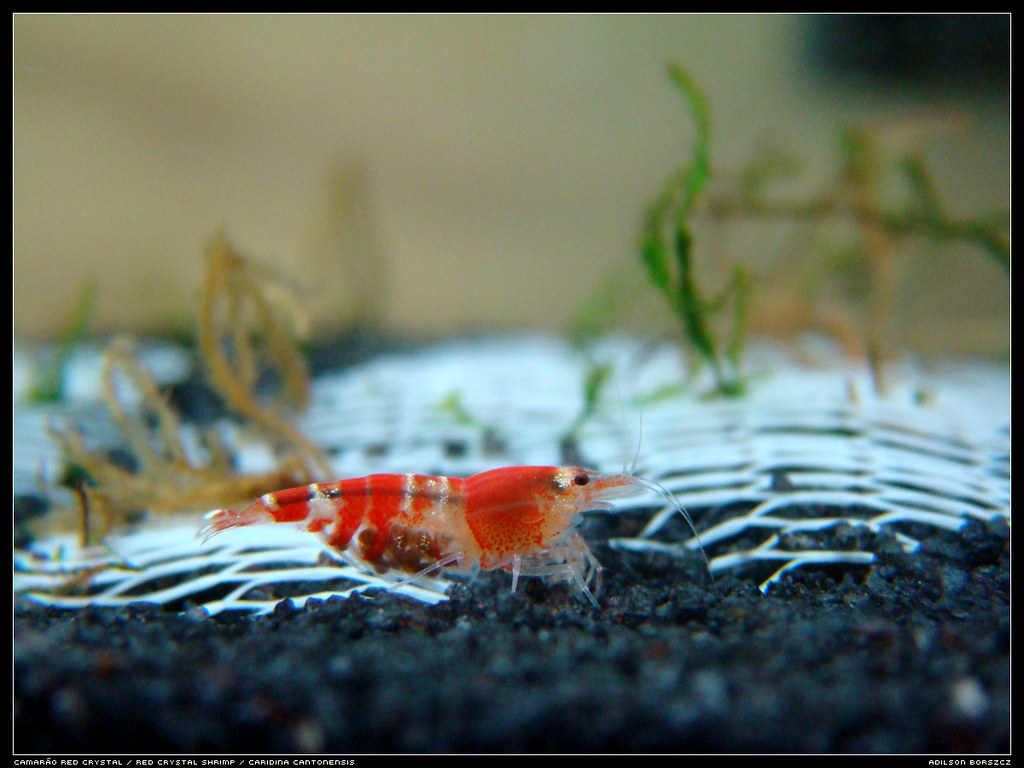
Reverse Osmosis (RO) water is great for Caridina shrimp. It’s purified, removing most solids, minerals, and contaminants. This makes it easy to adjust the water for the shrimp’s health and breeding.
Benefits of RO Water
RO water has many benefits for Caridina shrimp:
- It removes harmful stuff like chlorine, heavy metals, and pesticides
- It’s a clean base for adding back minerals
- It keeps water parameters stable
- It lowers the chance of disease in shrimp
Starting with RO water helps create a perfect home for Caridina shrimp. This ensures they do well in captivity.
Remineralizing RO Water for Caridina Shrimp
Even though RO water is good, it lacks minerals for shrimp health. We need to add minerals back. Here’s how to do it:
- Use a shrimp-specific remineralizing product, like Salty Shrimp GH/KH+, in the RO water
- Try to get a GH of 4-6 dGH and a KH of 0-2 dKH for the shrimp
- The TDS should be 100-200 ppm and pH 6-7.5
- Make sure the water is well mixed and test it before adding it to the tank
| Parameter | Ideal Range for Caridina Shrimp |
|---|---|
| Temperature | 64°F – 76°F (18°C – 24°C) |
| pH | 6.0 – 7.5 |
| GH | 4 – 6 dGH |
| KH | 0 – 2 dKH |
| TDS | 100 – 200 ppm |
By adjusting RO water to these levels, Caridina shrimp can live well. They grow, stay colorful, and breed successfully.
Monitoring and Maintaining Water Parameters
Keeping an eye on water parameters is key for Caridina shrimp health. They need specific conditions like pH, hardness, and dissolved solids. Regular testing and adjustments help your shrimp thrive.
Regular Testing and Adjustments
Testing water regularly is crucial for your shrimp tank. I suggest testing at least once a week. This lets you catch any issues early and fix them before they harm your shrimp.
When testing, focus on these key areas:
- pH: Shrimp like a pH between 5.5 and 7.
- GH: Aim for 4-6 dGH for general hardness.
- KH: Keep carbonate hardness low, 0-2 dKH.
- TDS: Target 100-200 ppm for dissolved solids.
If you find any off-range values, you can adjust them. For example, to lower pH, add peat moss or Indian almond leaves. To soften water, use reverse osmosis or distilled water.
Water Change Schedule
Water changes are also vital for stable conditions. I recommend a 10-20% change weekly, based on tank size and bioload.
Use water that matches your tank’s parameters for water changes. Prepare it in advance with additives for pH, hardness, and more.
| Parameter | Optimal Range for Caridina Shrimp | Testing Frequency |
|---|---|---|
| pH | 5.5 – 7.0 | Weekly |
| GH | 4 – 6 dGH | Weekly |
| KH | 0 – 2 dKH | Weekly |
| TDS | 100 – 200 ppm | Weekly |
| Water Changes | 10 – 20% | Weekly |
By monitoring water parameters and changing water regularly, you can ensure a healthy environment. This promotes growth, color, and overall well-being of your Caridina shrimp.
Common Mistakes in Caridina Shrimp Care
As a Caridina shrimp enthusiast, I’ve learned that proper care is key for their health. Many hobbyists make mistakes that harm their shrimp. We’ll look at these mistakes and how to avoid them.
Neglecting Water Quality
Keeping water parameters stable is crucial for Caridina shrimp. They are sensitive to changes in ammonia, nitrite, nitrate, pH, GH, and KH. Regularly checking and adjusting these levels is vital. This prevents stress, disease, and death.
To keep water quality right, use a reliable water testing kit. Test the water weekly. Aim for 0 ppm ammonia and nitrite, less than 10 ppm nitrate, pH 6.0-6.8, GH 3-6 dGH, and KH 0-1 dKH.
Overfeeding and Underfeeding
Feeding shrimp too much or too little is a common mistake. Too much food causes waste, harming water quality and promoting bad bacteria. Too little food leads to malnutrition and slow growth.
Feed shrimp just enough for them to eat in 2-3 hours. They also eat biofilm and algae. So, don’t overfeed them.
Improper Acclimation to New Water Conditions
When moving shrimp to a new tank or water, slow acclimation is key. Shrimp can’t handle sudden water changes well. Improper acclimation can be deadly.
Use the drip acclimation method. Slowly add new water to the shrimp’s current water over 1-2 hours. This helps them adjust without stress.
FAQ
What are the ideal water parameters for Caridina shrimp?
Why do Caridina shrimp require soft water?
What are the effects of keeping Caridina shrimp in hard water?
How can I create ideal water conditions for Caridina shrimp?
How often should I monitor and maintain water parameters for Caridina shrimp?
What are some common mistakes in Caridina shrimp care?
Reference
| International Body | Website |
| American Aquarium Association | https://www.americanaquariumproducts.com/ |
| Aquatic Plant Society | https://www.aquaticplantsociety.org/ |
| Aquatic Veterinarians | https://www.aquavetmed.info/ |
| International Aquatic Plants Society | https://www.iapso-online.com/ |
| International Shrimp Competitions | https://www.shrimpspot.com/ |
| Shrimp and Freshwater Invertebrates | https://www.shrimpspot.com/forums/freshwater-invertebrates.37/ |
I am a passionate aquarist with over 30 years of hands-on experience in fishkeeping. My journey began at a young age, collecting fish from the wild and learning through experimentation. Specializing in tropical fish, I bring a deep understanding of the hobby to FishKeepingMadeSimple. The site provides honest, detailed reviews of essential products and accessories to help fellow enthusiasts create the best environments for their fish.

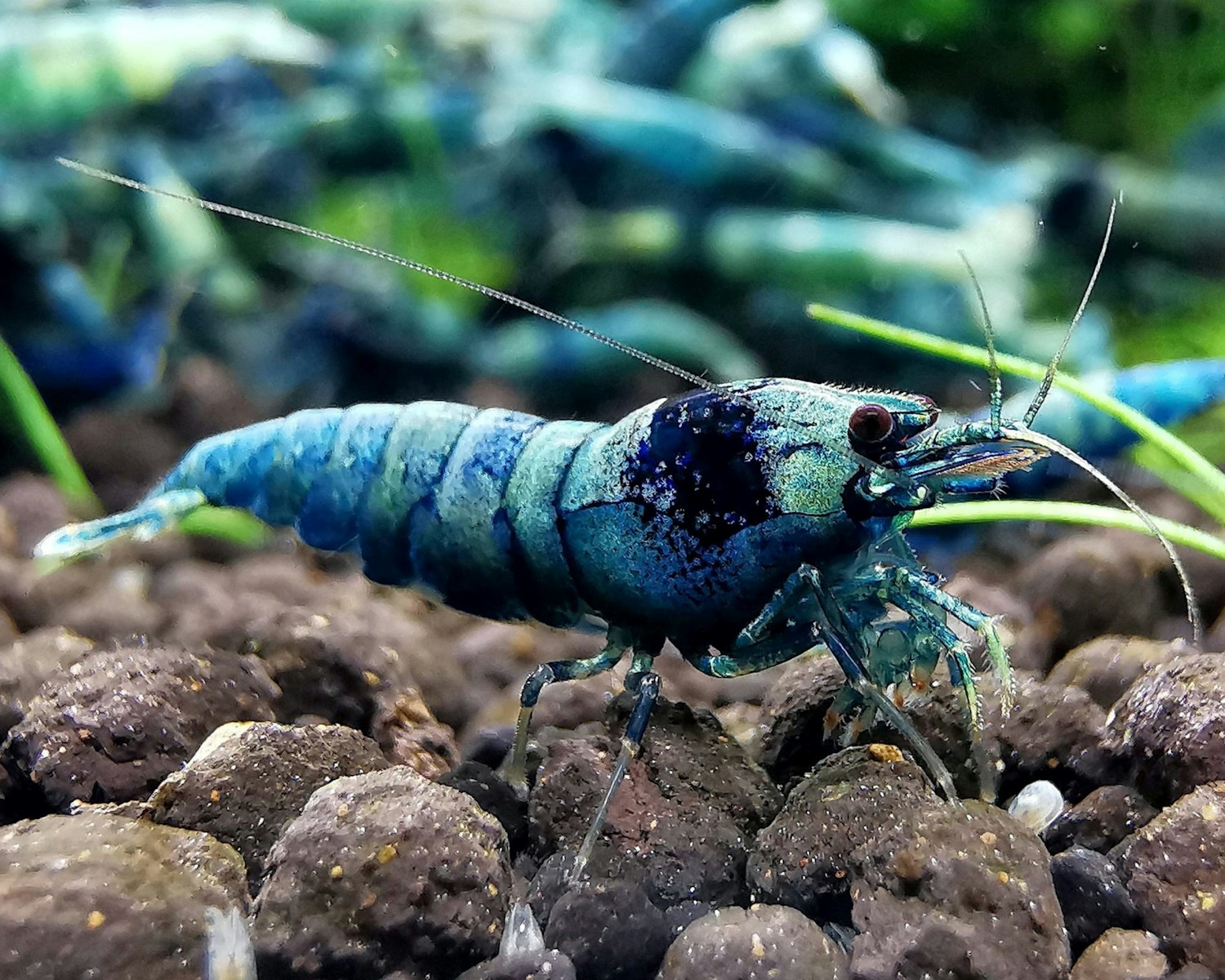

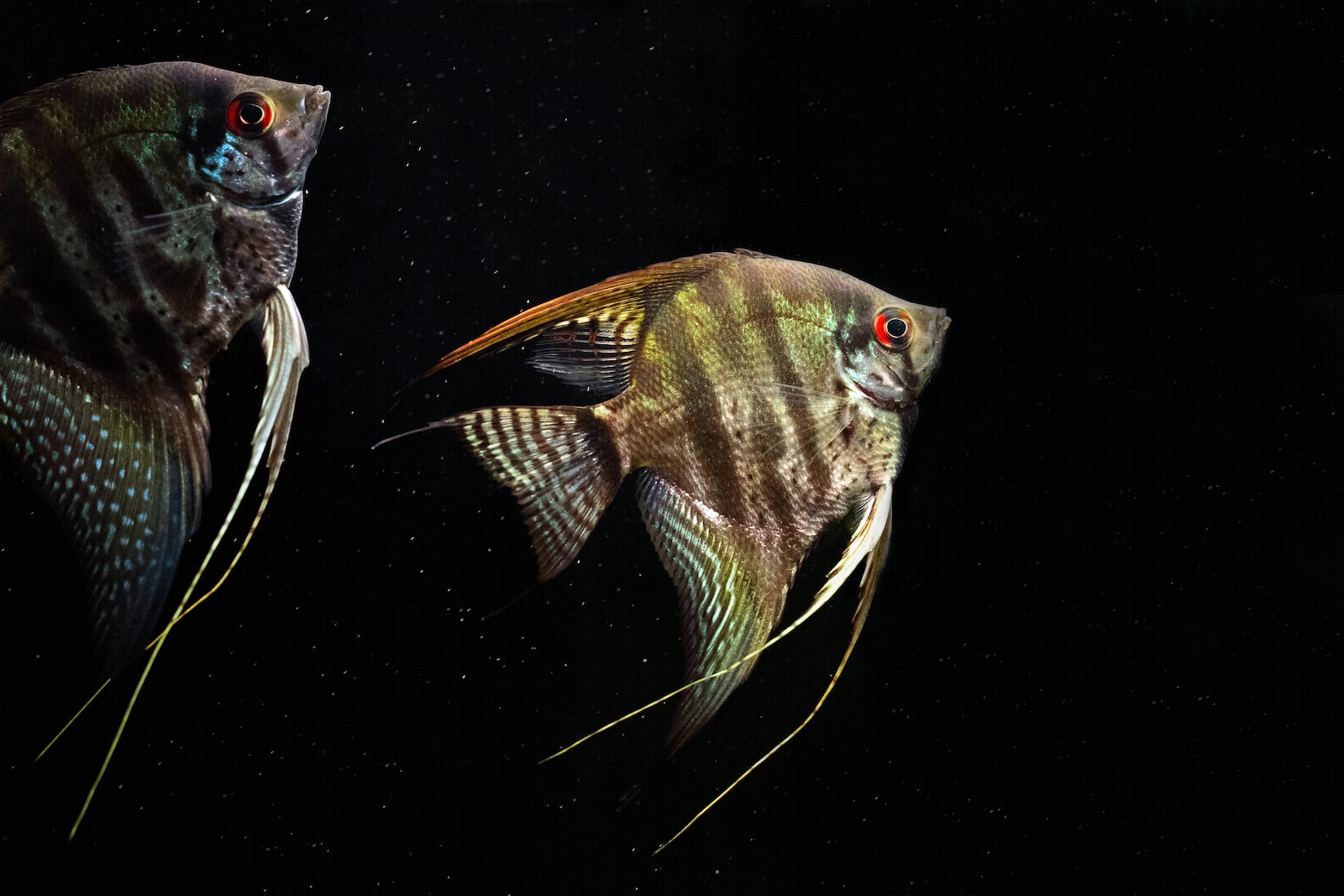
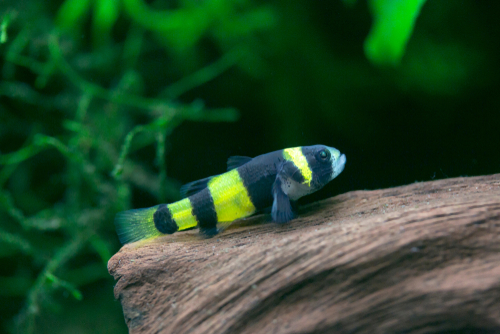
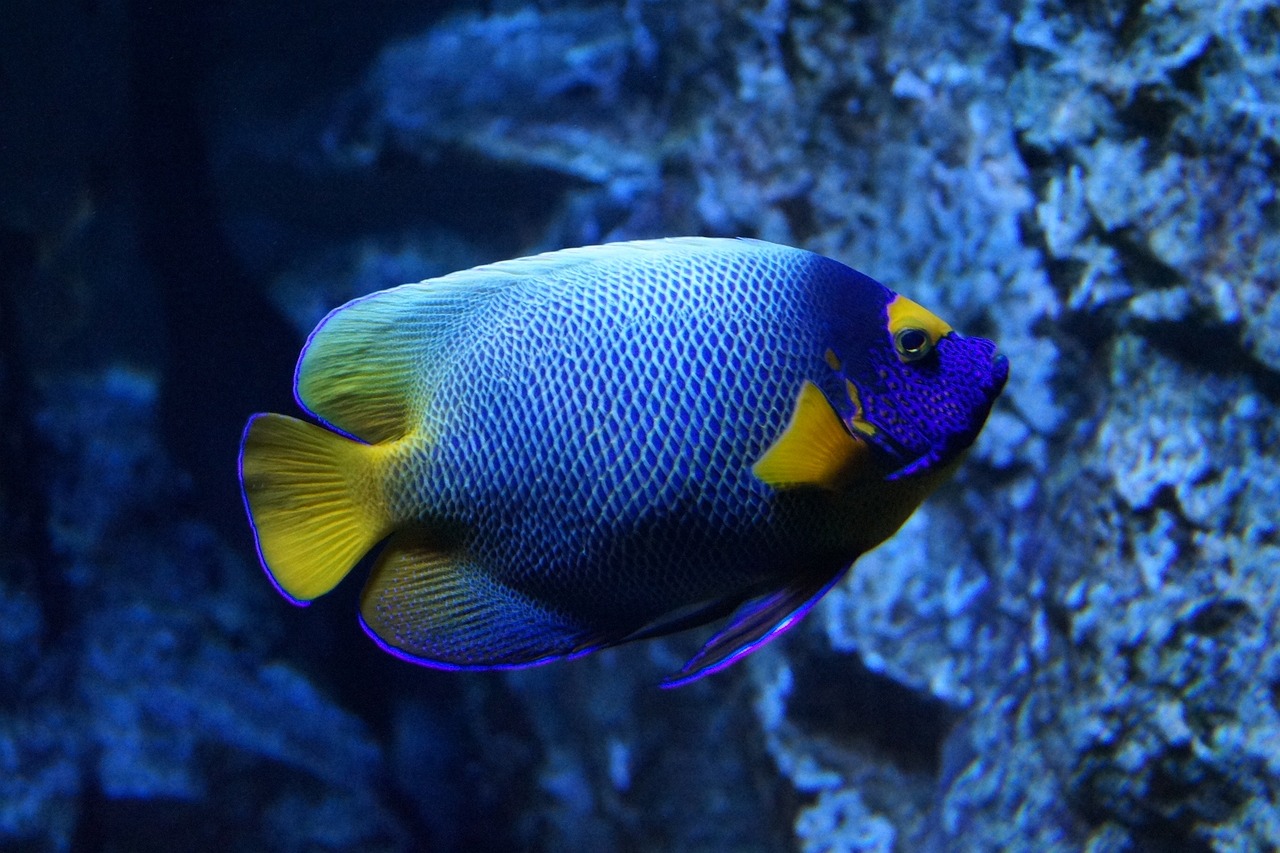
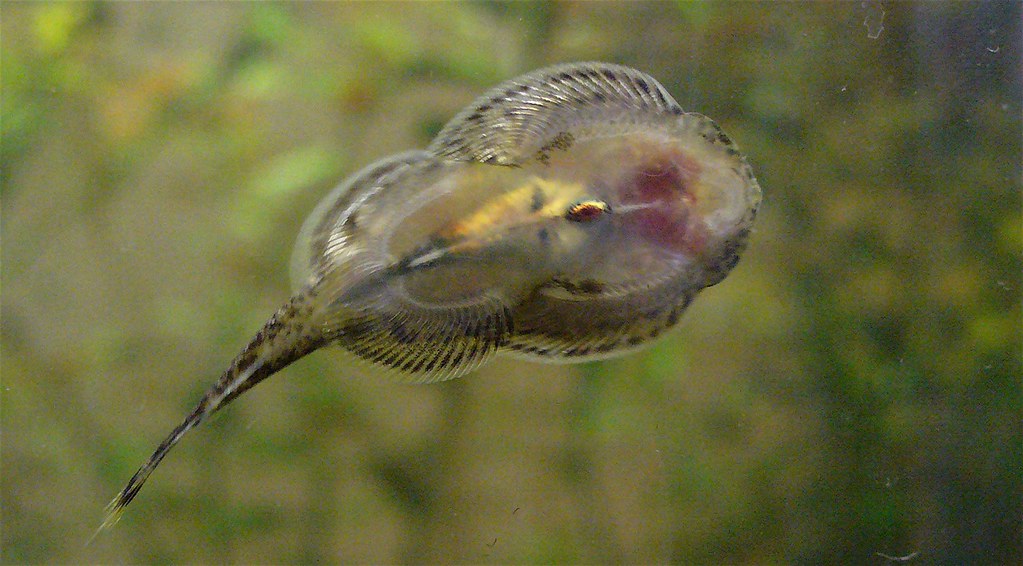
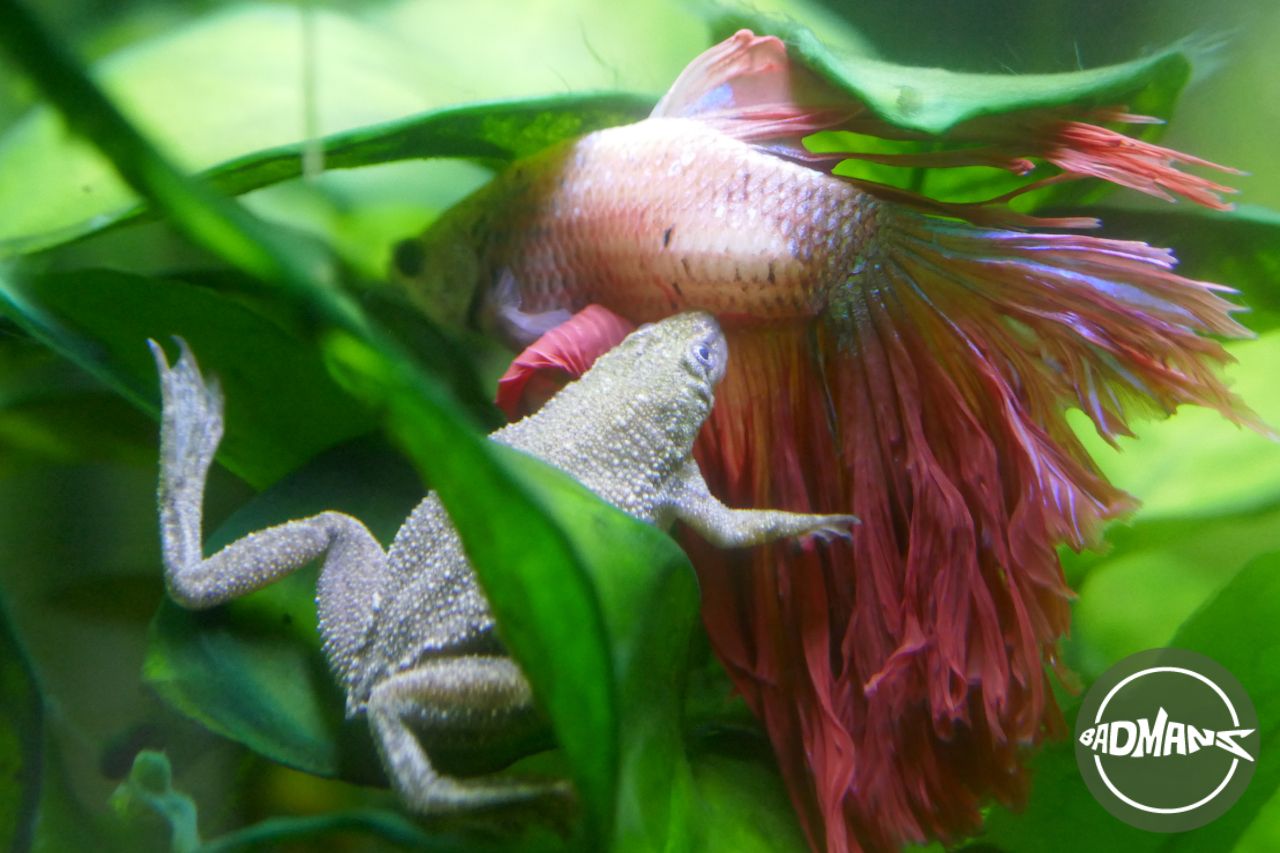
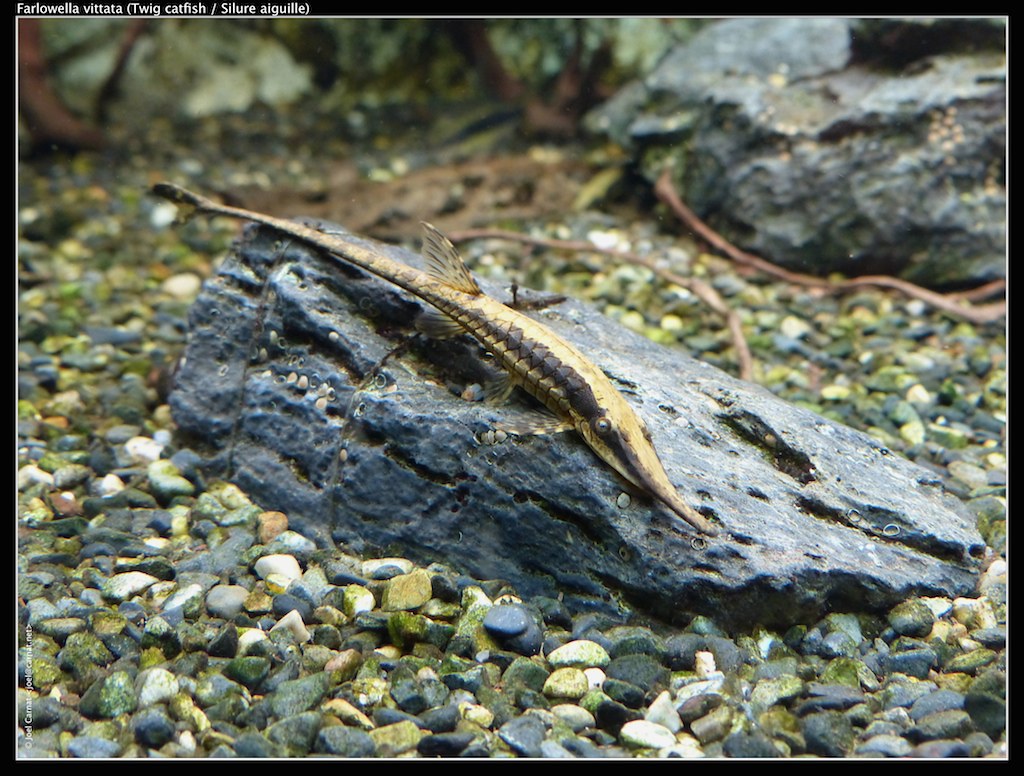


[…] people overlook the danger of toxic substances in the substrate of Caridina shrimp tanks. Over time, uneaten food and shrimp waste can make the substrate poisonous. This is a common reason […]